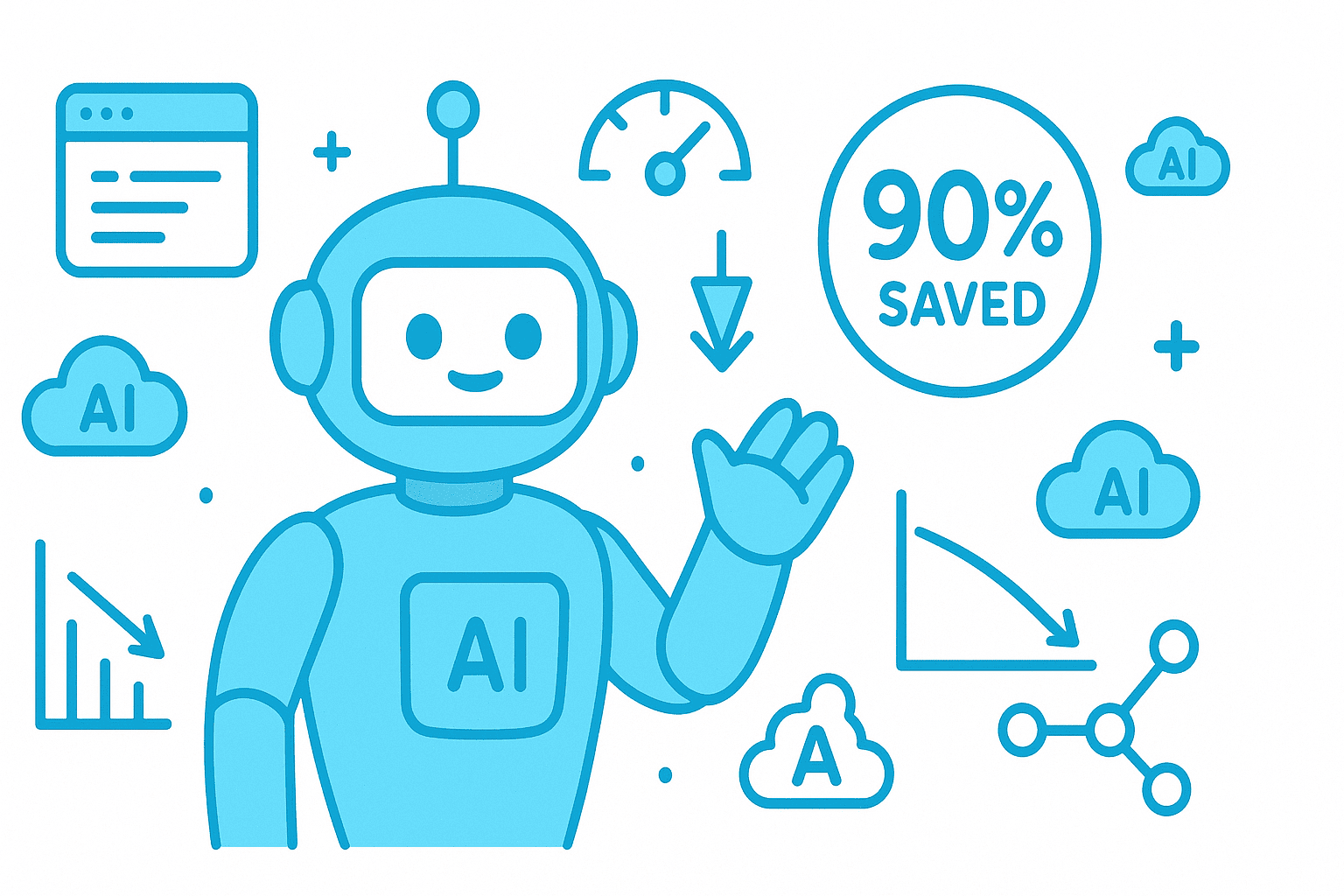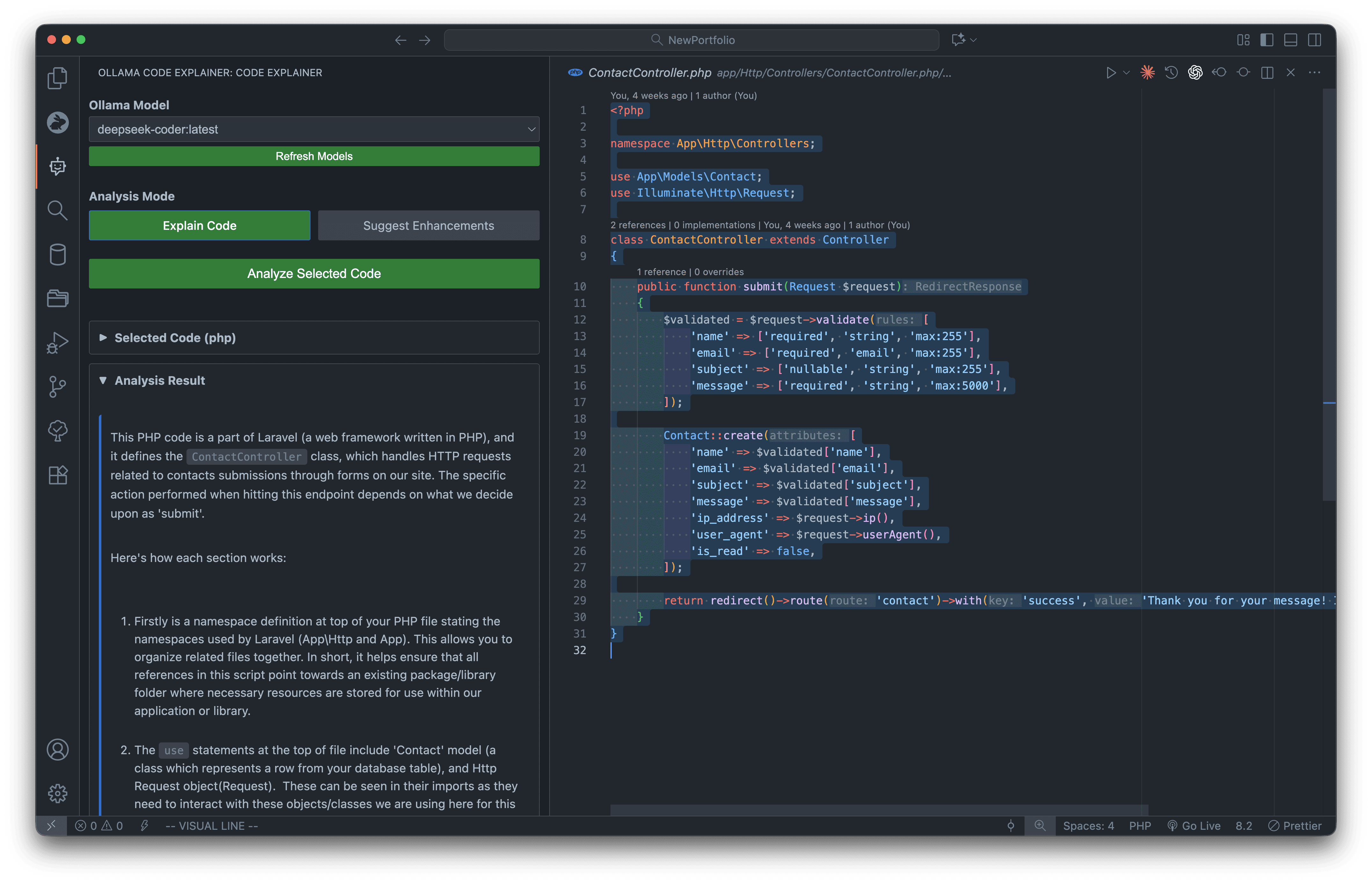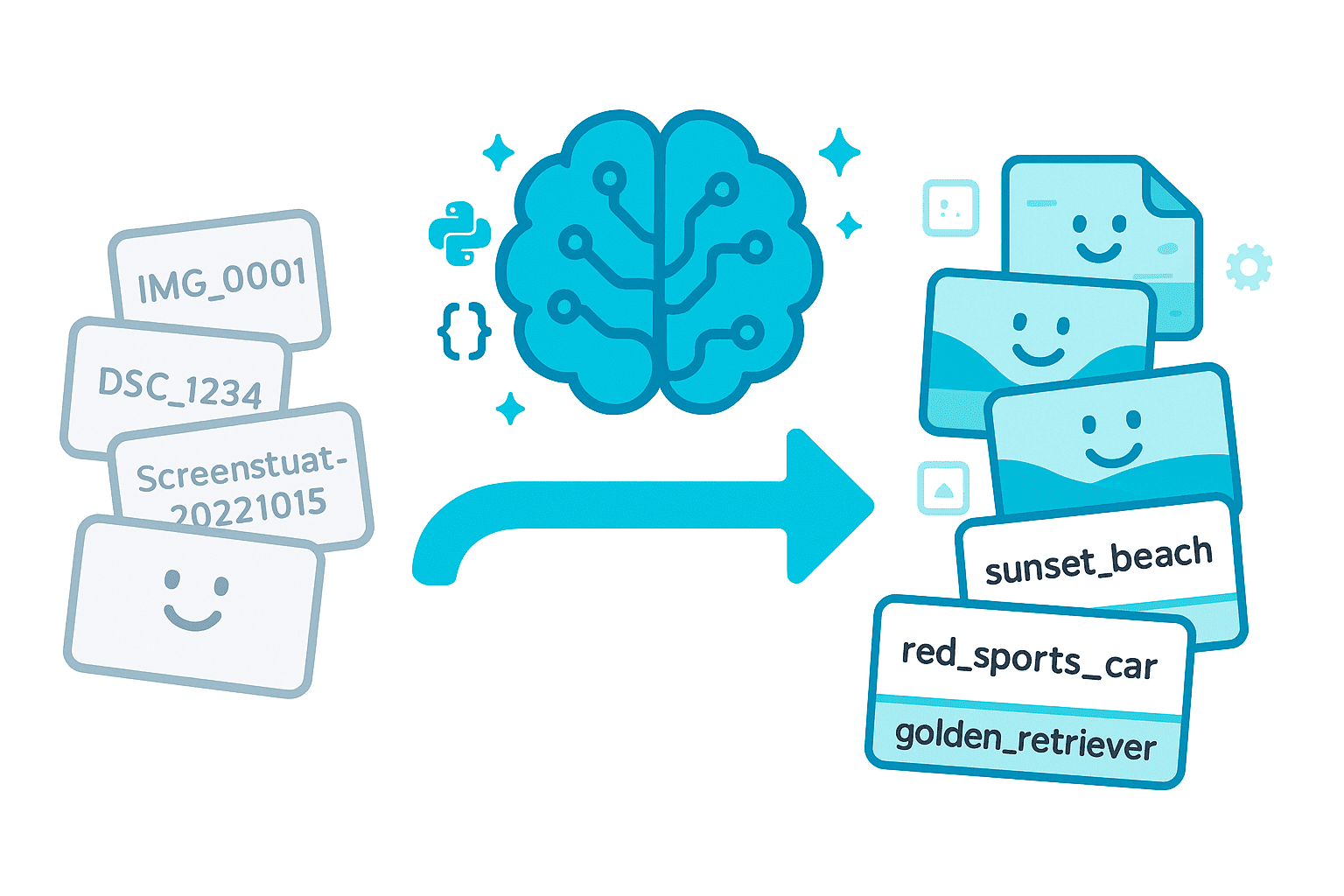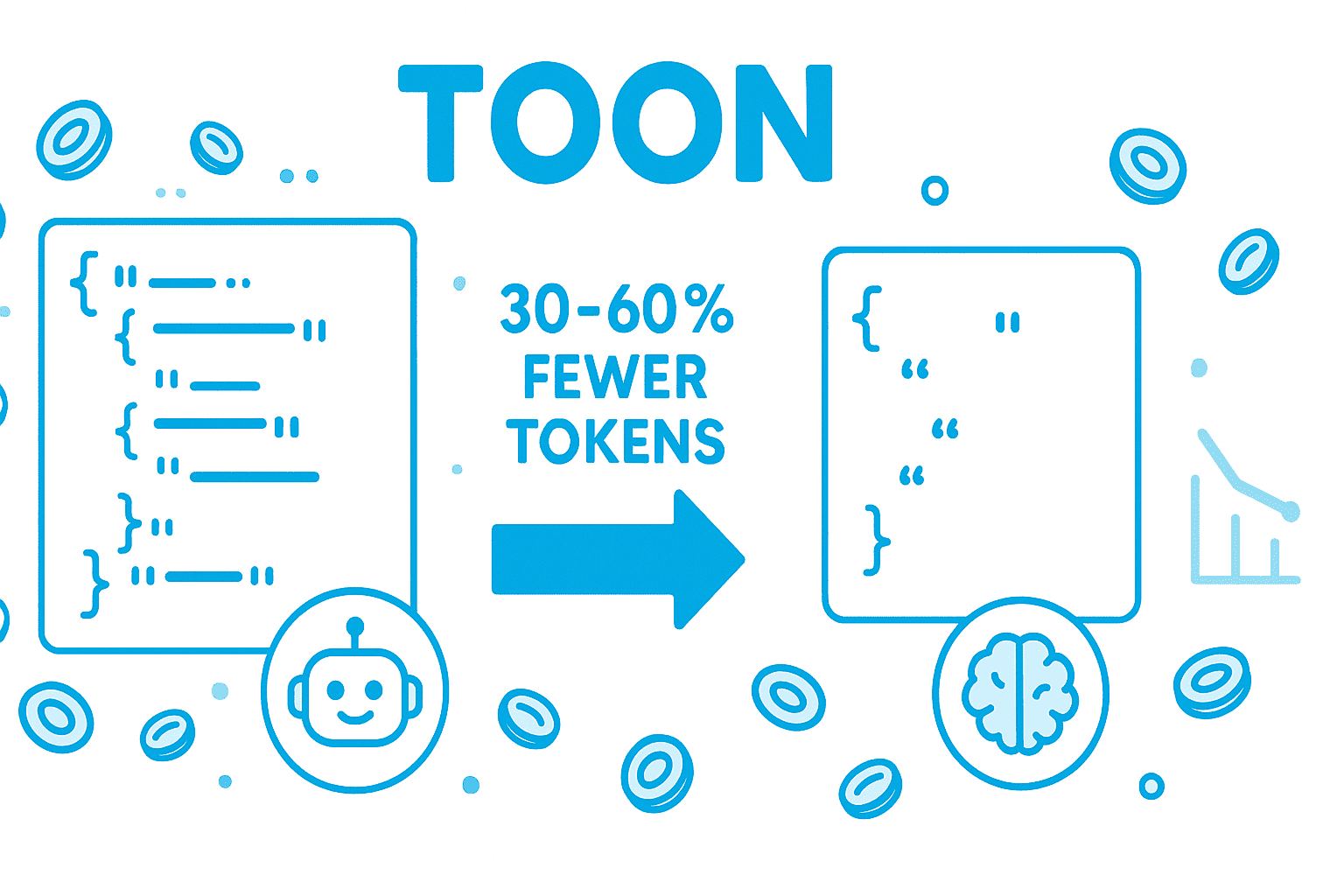Large Language Models (LLMs) have revolutionized how businesses operate, but their operational costs can quickly spiral out of control. According to industry reports, companies spend anywhere from $10,000 to over $1 million monthly on LLM APIs. However, with the right optimization strategies, organizations can reduce these costs by 50-90% without sacrificing quality.
This comprehensive guide explores battle-tested LLM cost optimization strategies, complete with real-world examples and implementation details that you can apply immediately.
Understanding LLM Pricing Models
Before optimizing costs, it's crucial to understand how LLM providers charge for their services:
Token-Based Pricing
- Input tokens: Text sent to the model (prompt)
- Output tokens: Text generated by the model (completion)
- Price variance: Output tokens typically cost 2-3x more than input tokens
Current Market Rates (2025)
GPT-4 Turbo: $10/1M input tokens, $30/1M output tokens
Claude 3.5 Sonnet: $3/1M input tokens, $15/1M output tokens
GPT-3.5 Turbo: $0.50/1M input tokens, $1.50/1M output tokens
Llama 3 (self-hosted): Infrastructure costs only
Key insight: A single application making 10 million API calls monthly with 1,000 token responses could cost $15,000-45,000 annually with GPT-4.
10 Proven Cost Optimization Strategies
1. Strategic Model Selection and Routing
Strategy: Use smaller, cheaper models for simple tasks and reserve expensive models for complex reasoning.
Implementation approach:
def route_to_appropriate_model(task_complexity, query):
"""
Route requests to cost-effective models based on complexity
"""
if task_complexity == "simple":
# Classification, simple Q&A, formatting
return call_gpt_35_turbo(query) # 10x cheaper
elif task_complexity == "medium":
# Summarization, basic analysis
return call_claude_haiku(query) # 5x cheaper
else:
# Complex reasoning, multi-step tasks
return call_gpt_4_turbo(query)
Real-world impact: Anthropic reported that implementing intelligent routing reduced their internal costs by 63% while maintaining 95% accuracy.
2. Aggressive Prompt Engineering
Strategy: Minimize token usage through concise, efficient prompts.
Before optimization:
Prompt: "I need you to carefully analyze the following customer feedback
and provide me with a detailed summary of the main points, including any
positive comments, negative comments, and suggestions for improvement.
Here is the feedback: [2000 tokens of feedback]"
Average tokens: 2,150 input + 800 output = 2,950 tokens
Cost per request (GPT-4): $0.053
After optimization:
Prompt: "Summarize customer feedback. Format: Positive | Negative |
Suggestions\n\n[2000 tokens of feedback]"
Average tokens: 2,020 input + 300 output = 2,320 tokens
Cost per request (GPT-4): $0.029
Savings: 45% cost reduction through prompt optimization alone.
Best practices:
- Remove pleasantries and verbose instructions
- Use structured output formats (JSON, bullet points)
- Provide examples instead of lengthy explanations
- Use system messages efficiently
3. Implement Semantic Caching
Strategy: Cache responses for similar queries to avoid redundant API calls.
Implementation:
from sentence_transformers import SentenceTransformer
import numpy as np
from functools import lru_cache
class SemanticCache:
def __init__(self, similarity_threshold=0.95):
self.model = SentenceTransformer('all-MiniLM-L6-v2')
self.cache = {}
self.threshold = similarity_threshold
def get_embedding(self, text):
return self.model.encode(text)
def check_cache(self, query):
query_embedding = self.get_embedding(query)
for cached_query, cached_response in self.cache.items():
cached_embedding = self.get_embedding(cached_query)
similarity = np.dot(query_embedding, cached_embedding)
if similarity >= self.threshold:
return cached_response
return None
def add_to_cache(self, query, response):
self.cache[query] = response
# Usage
cache = SemanticCache()
def get_llm_response(query):
# Check cache first
cached_response = cache.check_cache(query)
if cached_response:
return cached_response
# Call LLM if not cached
response = call_openai_api(query)
cache.add_to_cache(query, response)
return response
Real-world impact: E-commerce company Shopify reported 40% cache hit rate, saving $180,000 annually.
4. Response Streaming and Early Termination
Strategy: Stream responses and terminate generation when sufficient information is received.
Implementation:
def stream_with_early_termination(prompt, max_tokens=500, stop_conditions=None):
"""
Stream response and stop early when conditions are met
"""
response_text = ""
for chunk in openai.ChatCompletion.create(
model="gpt-3.5-turbo",
messages=[{"role": "user", "content": prompt}],
max_tokens=max_tokens,
stream=True
):
delta = chunk.choices[0].delta.get("content", "")
response_text += delta
# Early termination conditions
if stop_conditions and any(cond in response_text for cond in stop_conditions):
break
# Stop if complete answer detected
if response_text.strip().endswith((".", "!", "?")) and len(response_text) > 100:
break
return response_text
# Example: Classification task
result = stream_with_early_termination(
"Classify sentiment: 'This product is amazing!' Answer: ",
stop_conditions=["Positive", "Negative", "Neutral"]
)
Savings: Reduces output tokens by 30-50% for classification and extraction tasks.
5. Batch Processing
Strategy: Process multiple requests in a single API call to reduce overhead and costs.
Implementation:
def batch_process_queries(queries, batch_size=10):
"""
Process multiple queries in batched prompts
"""
results = []
for i in range(0, len(queries), batch_size):
batch = queries[i:i+batch_size]
# Create batched prompt
batched_prompt = "Process these queries and return JSON:\n\n"
for idx, query in enumerate(batch):
batched_prompt += f"{idx+1}. {query}\n"
batched_prompt += "\nReturn format: {\"1\": \"response\", \"2\": \"response\", ...}"
# Single API call for multiple queries
response = call_openai_api(batched_prompt)
parsed_results = parse_json_response(response)
results.extend(parsed_results.values())
return results
# Example usage
queries = [
"Translate to Spanish: Hello",
"Translate to Spanish: Goodbye",
"Translate to Spanish: Thank you",
# ... 100 more queries
]
# Instead of 103 API calls, makes only ~10 calls
results = batch_process_queries(queries)
Real-world impact: SaaS company reduced translation API costs from $2,300 to $400/month (83% reduction).
6. Fine-Tuning for Specialized Tasks
Strategy: Fine-tune smaller models for specific use cases instead of using large general-purpose models.
Cost comparison:
Option A: GPT-4 for customer support
- Cost per query: $0.015
- Monthly volume: 100,000 queries
- Monthly cost: $1,500
Option B: Fine-tuned GPT-3.5
- Fine-tuning cost: $200 (one-time)
- Cost per query: $0.002
- Monthly cost: $200
- Annual savings: $15,400
When to fine-tune:
- High-volume, repetitive tasks
- Domain-specific language or terminology
- Consistent output format required
- Task-specific accuracy improvement needed
Implementation steps:
- Collect 500+ high-quality examples
- Format training data in JSONL format
- Fine-tune model via API
- Test and iterate
- Deploy fine-tuned model
7. Implement Request Throttling and Quotas
Strategy: Prevent cost overruns through intelligent rate limiting.
Implementation:
from datetime import datetime, timedelta
import redis
class CostGuard:
def __init__(self, redis_client, daily_budget_usd=100):
self.redis = redis_client
self.daily_budget = daily_budget_usd
self.cost_per_1k_tokens = 0.002 # Average cost
def check_budget(self, estimated_tokens):
today = datetime.now().strftime("%Y-%m-%d")
key = f"llm_cost:{today}"
# Get current spend
current_spend = float(self.redis.get(key) or 0)
estimated_cost = (estimated_tokens / 1000) * self.cost_per_1k_tokens
if current_spend + estimated_cost > self.daily_budget:
raise BudgetExceededError(
f"Daily budget ${self.daily_budget} would be exceeded"
)
return True
def record_usage(self, actual_tokens):
today = datetime.now().strftime("%Y-%m-%d")
key = f"llm_cost:{today}"
cost = (actual_tokens / 1000) * self.cost_per_1k_tokens
self.redis.incrbyfloat(key, cost)
self.redis.expire(key, 86400 * 7) # Keep 7 days of data
# Usage
guard = CostGuard(redis_client, daily_budget_usd=500)
def safe_llm_call(prompt):
estimated_tokens = len(prompt.split()) * 1.3 # Rough estimate
if guard.check_budget(estimated_tokens):
response = call_openai_api(prompt)
guard.record_usage(response.usage.total_tokens)
return response
Real-world impact: Prevented $12,000 in unexpected charges due to a bug causing infinite loops in production.
8. Leverage Open-Source and Self-Hosted Models
Strategy: Use open-source models for suitable use cases to eliminate per-token costs.
Cost comparison for 10M tokens/month:
OpenAI GPT-4 API: $100,000/month
Claude 3.5 Sonnet: $30,000/month
Self-hosted Llama 3 70B:
- GPU instances (4x A100): $10,000/month
- Maintenance: $2,000/month
- Total: $12,000/month
Annual savings: $1,056,000 vs GPT-4
Open-source options:
- Llama 3: Excellent general-purpose capabilities
- Mistral: Efficient for European languages
- Phi-3: Compact model for edge deployment
- Code Llama: Specialized for programming tasks
When self-hosting makes sense:
- Volume exceeds 50M tokens/month
- Data privacy requirements
- Low-latency requirements
- Custom fine-tuning needs
9. Output Length Limiting
Strategy: Constrain output token generation to only what's necessary.
Implementation:
def optimize_max_tokens(task_type):
"""
Set appropriate max_tokens based on task
"""
limits = {
"classification": 10,
"yes_no": 5,
"entity_extraction": 100,
"summarization": 150,
"short_answer": 50,
"translation": 200,
"code_generation": 500,
"long_form": 1000
}
return limits.get(task_type, 200)
# Example
response = openai.ChatCompletion.create(
model="gpt-3.5-turbo",
messages=[{"role": "user", "content": "Is this spam: 'Buy now!'"}],
max_tokens=optimize_max_tokens("yes_no"), # Only 5 tokens
temperature=0
)
Impact: Reducing max_tokens from default (unlimited) to task-appropriate limits saves 40-60% on output costs.
10. Implement Multi-Tier Architecture
Strategy: Create a cascade of models from cheapest to most expensive.
Architecture:
class MultiTierLLM:
def __init__(self):
self.tiers = [
{"name": "cache", "cost": 0, "handler": self.check_cache},
{"name": "rule_based", "cost": 0, "handler": self.rule_based},
{"name": "small_model", "cost": 0.001, "handler": self.gpt_35},
{"name": "medium_model", "cost": 0.005, "handler": self.claude_sonnet},
{"name": "large_model", "cost": 0.015, "handler": self.gpt_4}
]
def process(self, query, confidence_threshold=0.8):
for tier in self.tiers:
result, confidence = tier["handler"](query)
if confidence >= confidence_threshold:
self.log_usage(tier["name"], tier["cost"])
return result
# Fallback to most powerful model
return self.gpt_4(query)
def rule_based(self, query):
# Simple pattern matching for common queries
if "hello" in query.lower():
return "Hello! How can I help?", 1.0
return None, 0.0
def gpt_35(self, query):
response = call_openai_api(query, model="gpt-3.5-turbo")
confidence = self.calculate_confidence(response)
return response, confidence
# Usage
llm = MultiTierLLM()
response = llm.process("What is 2+2?") # Likely handled by tier 2 or 3
Real-world impact: Fintech startup reduced average cost per query from $0.012 to $0.003 (75% reduction) using cascading architecture.
Real-World Case Study: TechDocs AI
Background
TechDocs AI, a documentation automation platform, was spending $45,000/month on LLM APIs with the following breakdown:
- 15M API calls/month
- Average 1,500 input tokens per call
- Average 800 output tokens per call
- Primary model: GPT-4
Challenge
The cost structure was unsustainable as they scaled from 100 to 1,000 customers. They needed to reduce costs by 70% without degrading quality.
Implementation Strategy
Phase 1: Quick Wins (Month 1)
- Prompt optimization: Reduced average prompt from 1,500 to 900 tokens
- Output limiting: Set max_tokens=400 for documentation tasks
- Semantic caching: Implemented with 35% hit rate
Results: $45,000 � $28,000 (38% reduction)
Phase 2: Architectural Changes (Months 2-3)
-
Model routing:
- Simple formatting: GPT-3.5 Turbo (60% of requests)
- Complex explanations: GPT-4 (30% of requests)
- Code generation: Fine-tuned GPT-3.5 (10% of requests)
-
Batch processing: Grouped similar documentation requests
-
Early termination: Implemented for straightforward queries
Results: $28,000 � $14,500 (68% total reduction)
Phase 3: Advanced Optimization (Months 4-6)
- Self-hosted Llama 3: Deployed for 40% of traffic
- Fine-tuning: Created specialized models for common documentation patterns
- Multi-tier cascade: Implemented intelligent routing
Final results: $45,000 � $11,000 (76% reduction)
Key Metrics After 6 Months
Metric Before After Change
Monthly cost $45,000 $11,000 -76%
Avg response time 2.3s 1.8s -22%
Customer satisfaction 4.2/5 4.4/5 +5%
Cache hit rate 0% 42% +42%
Cost per request $0.003 $0.0007 -77%
Lessons Learned
- Start with low-hanging fruit: Prompt optimization gave fastest ROI
- Monitor quality metrics: Some optimizations initially degraded quality
- Gradual rollout: A/B tested each change before full deployment
- Documentation is key: Maintained playbook for each optimization strategy
- Continuous monitoring: Built dashboards to track costs in real-time
Implementation Roadmap
Week 1-2: Assessment and Planning
- [ ] Audit current LLM usage and costs
- [ ] Identify high-volume use cases
- [ ] Establish baseline metrics
- [ ] Set cost reduction targets
Week 3-4: Quick Wins
- [ ] Optimize prompts (target 30-40% token reduction)
- [ ] Implement output length limits
- [ ] Add basic caching for exact matches
- [ ] Deploy cost monitoring dashboard
Month 2: Architectural Improvements
- [ ] Implement semantic caching
- [ ] Set up model routing infrastructure
- [ ] Add batch processing for suitable workflows
- [ ] Deploy throttling and budget controls
Month 3-4: Advanced Optimization
- [ ] Fine-tune models for high-volume tasks
- [ ] Evaluate self-hosting for specific use cases
- [ ] Implement multi-tier cascading
- [ ] Optimize streaming and early termination
Month 5-6: Scale and Refine
- [ ] Deploy self-hosted models (if applicable)
- [ ] A/B test optimization strategies
- [ ] Refine caching strategies
- [ ] Document and standardize best practices
Monitoring and Optimization
Essential Metrics to Track
class LLMMetrics:
def track_request(self, model, input_tokens, output_tokens, latency, cost):
metrics = {
"timestamp": datetime.now(),
"model": model,
"input_tokens": input_tokens,
"output_tokens": output_tokens,
"total_tokens": input_tokens + output_tokens,
"latency_ms": latency,
"cost_usd": cost,
"cost_per_1k_tokens": (cost / (input_tokens + output_tokens)) * 1000
}
# Log to monitoring system
self.log_to_datadog(metrics)
# Check for anomalies
if cost > self.cost_threshold:
self.alert_team(f"High cost request: ${cost}")
return metrics
Key Performance Indicators (KPIs)
- Cost per request: Track average and percentiles (p50, p95, p99)
- Token efficiency: Input/output ratio over time
- Cache hit rate: Percentage of requests served from cache
- Model distribution: Percentage of requests to each model
- Quality metrics: User satisfaction, accuracy scores
- Cost savings: Month-over-month reduction
Dashboard Visualization Example
========================================================
| LLM Cost Dashboard - December 2024 |
========================================================
| Total Monthly Cost: $11,234 (-68% vs last month) |
| Total Requests: 8.2M (+15% vs last month) |
| Avg Cost per Request: $0.00137 (-72% vs last month)|
========================================================
Cost by Model:
- GPT-3.5 Turbo: $3,456 (31%) [########..]
- Claude Sonnet: $2,234 (20%) [######....]
- GPT-4: $4,123 (37%) [#########.]
- Self-hosted: $1,421 (13%) [####......]
Cache Performance:
- Hit Rate: 43% [########..]
- Savings: $3,200
- Avg Latency: 45ms
========================================================
Tools and Libraries for Cost Optimization
1. LangChain
Provides built-in caching, prompt templates, and model routing capabilities.
from langchain.cache import InMemoryCache
from langchain.llms import OpenAI
langchain.llm_cache = InMemoryCache()
2. LiteLLM
Unified interface for 100+ LLMs with automatic fallbacks and load balancing.
import litellm
# Automatically route to cheapest available model
response = litellm.completion(
model="gpt-3.5-turbo",
messages=[{"role": "user", "content": "Hello"}],
fallbacks=["claude-instant-1", "gpt-3.5-turbo"]
)
3. PromptLayer
Track, monitor, and version control your prompts with built-in cost analysis.
4. Helicone
Open-source LLM observability platform with cost tracking and caching.
5. Custom Token Counters
import tiktoken
def count_tokens(text, model="gpt-4"):
encoding = tiktoken.encoding_for_model(model)
return len(encoding.encode(text))
# Estimate cost before making request
input_tokens = count_tokens(prompt)
estimated_cost = (input_tokens / 1000) * 0.01
Common Pitfalls to Avoid
1. Over-Optimization
Mistake: Reducing quality too much to save costs Solution: Establish quality baselines and monitor satisfaction metrics
2. Premature Self-Hosting
Mistake: Self-hosting before reaching sufficient volume Solution: Only self-host when monthly API costs exceed $10,000
3. Ignoring Hidden Costs
Mistake: Focusing only on token costs while ignoring infrastructure Solution: Calculate total cost of ownership including engineering time
4. Cache Pollution
Mistake: Caching low-quality or outdated responses Solution: Implement cache invalidation and quality checks
5. No Monitoring
Mistake: Optimizing blind without measuring impact Solution: Set up comprehensive monitoring before optimizing
Future Trends in LLM Cost Optimization
1. Model Distillation
Training smaller, specialized models from larger ones for 10-100x cost reduction.
2. Edge Deployment
Running tiny models (<1B parameters) directly on devices for zero API costs.
3. Mixture of Experts (MoE)
Next-generation architecture that activates only necessary model components.
4. Speculative Decoding
Technique that can reduce inference costs by 2-3x with no quality loss.
5. Pricing Competition
Increased competition driving prices down 70-80% year-over-year.
Conclusion
LLM cost optimization is not a one-time task but an ongoing process of measurement, experimentation, and refinement. By implementing the strategies outlined in this guide, organizations can achieve 50-90% cost reductions while maintaining or even improving quality.
Key Takeaways
- Start with prompt engineering: Easiest wins with 30-50% savings
- Implement caching early: 40%+ cache hit rates are achievable
- Use the right model for the task: Don't use GPT-4 for simple classification
- Monitor continuously: You can't optimize what you don't measure
- Quality first: Never sacrifice user experience for cost savings
- Iterate gradually: Test and validate each optimization
Action Items
Ready to start optimizing? Follow these steps:
- This week: Audit current usage and optimize your top 3 prompts
- Next week: Implement basic caching and output limits
- This month: Set up model routing and monitoring
- Next quarter: Evaluate fine-tuning and self-hosting options
The combination of strategic thinking, technical implementation, and continuous monitoring will position your organization to leverage LLMs cost-effectively at scale.



